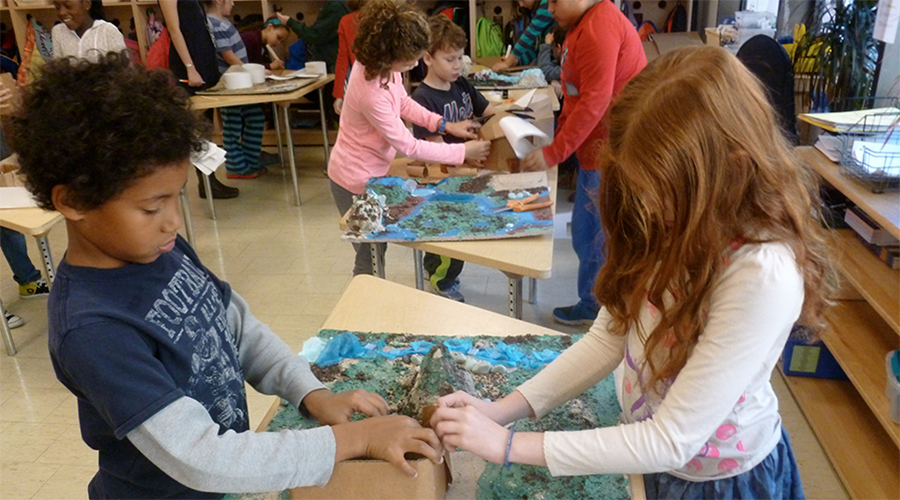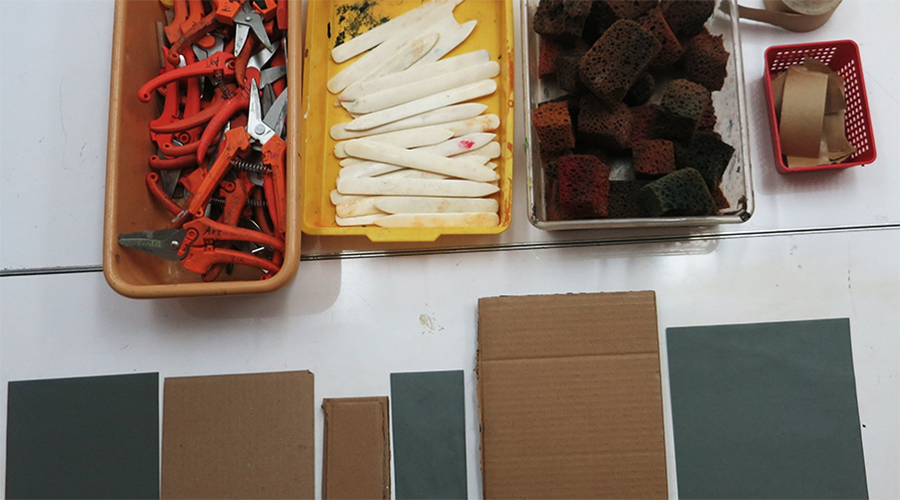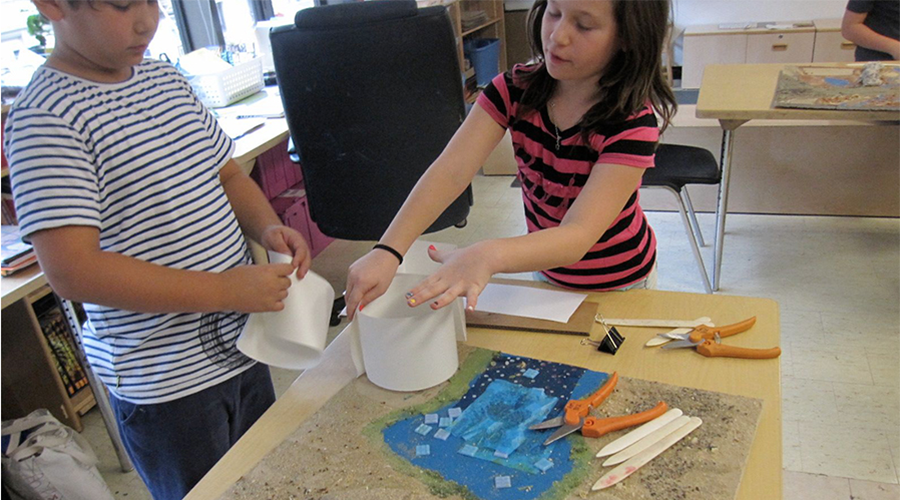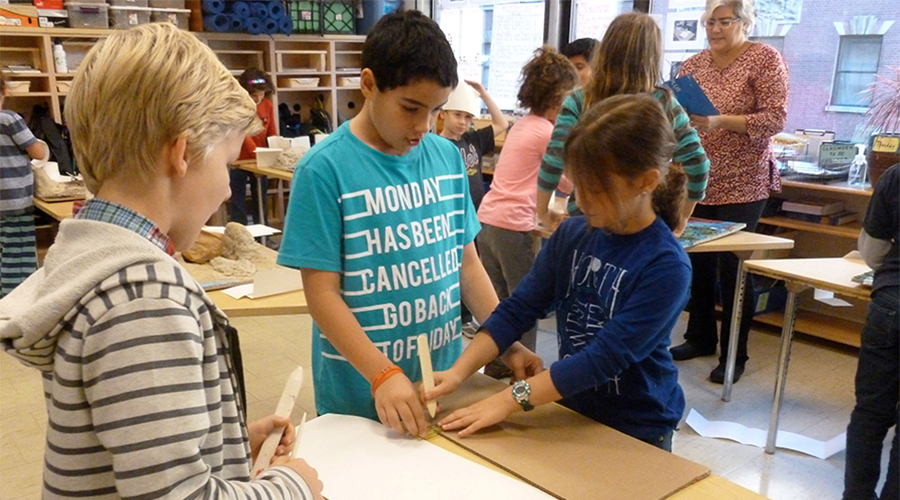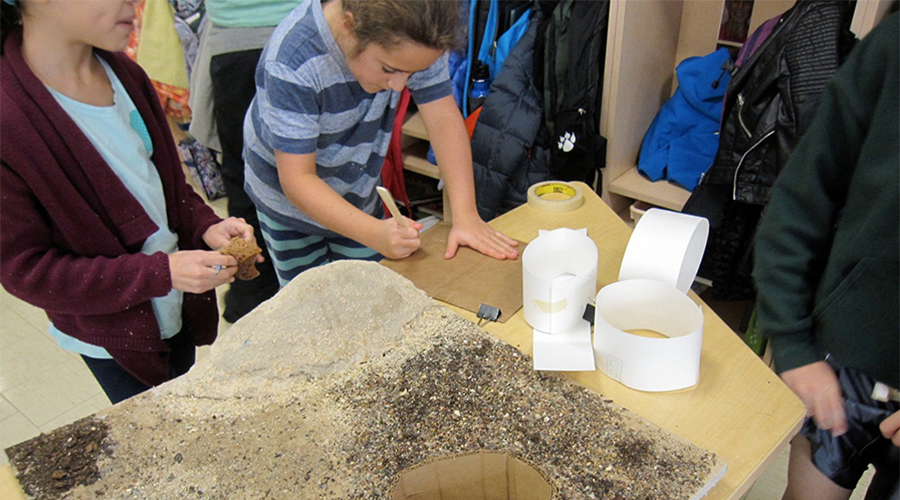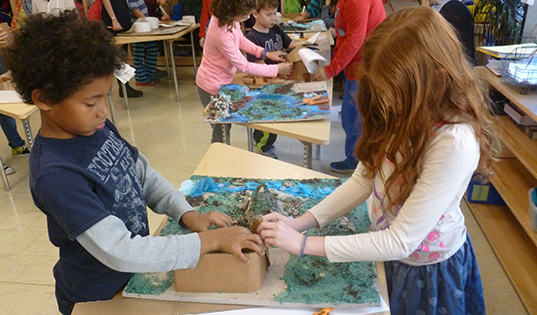 Schedule
Schedule
Two to three 45-minute classroom periods
Goals
Students continue researching and analyzing their biome, expanding from informational books to educational internet-based resources. Students deepen their understanding of the definition of a biome and key vocabulary such as climate, adaptation, latitude, and longitude.
Materials
Computers, Internet access, teacher-selected websites
Procedures
Students use guided note sheets to explore the NASA Earth Observatory website on biomes. Each student explores their assigned biome and completes note sheets with information about temperature, precipitation, location, and other facts. Students have opportunities to share across groups what they have been learning.
Suggestions for Teachers
- Set clear guidelines for computer usage and web browsing.
- Students are allowed to navigate teacher-selected sites only.
- Students in the same biome group might be give the option of researching together, as long as each student completes their own sheet.
- If there is extra time, allow students to do research and take notes on biomes that are not assigned to them.
- The NASA website does not include research on wetlands, so use another educational website and a modified note sheet.
- If there is extra time, consider pairing students to exchange information across biomes.
- Consider displaying note sheets in classroom by biome.
Assessment
Formal: Teacher review of note-taking sheets
Informal: Asking children individually and in whole group about learnings, discoveries and questions about their biome.
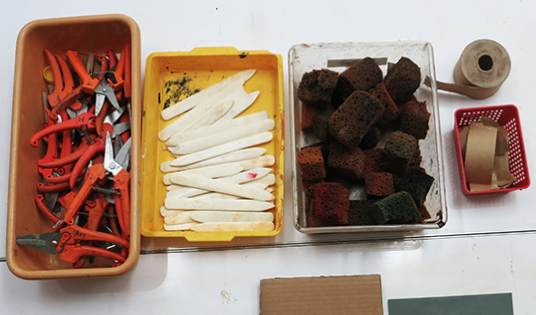 Schedule
Schedule